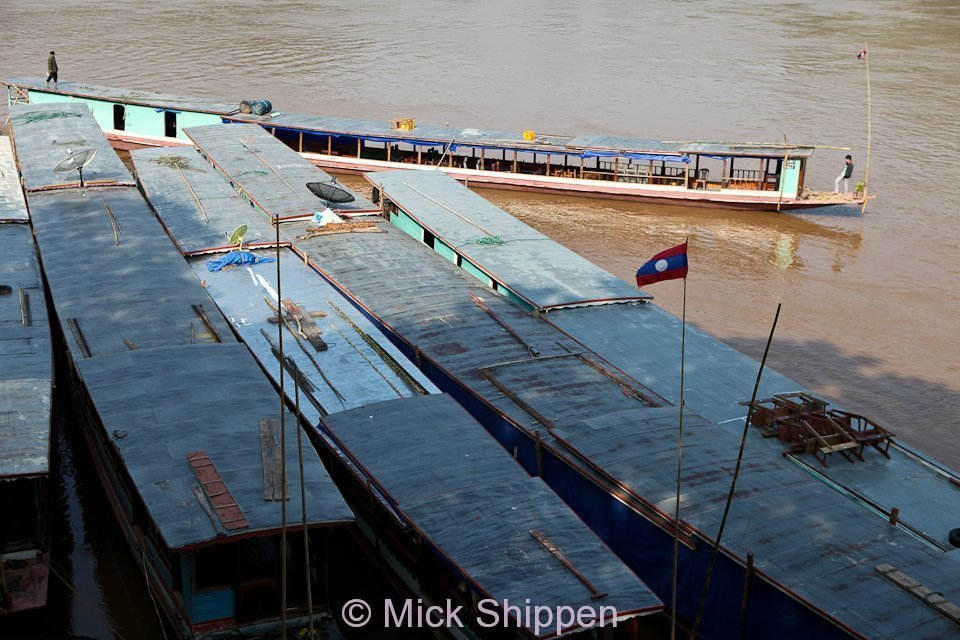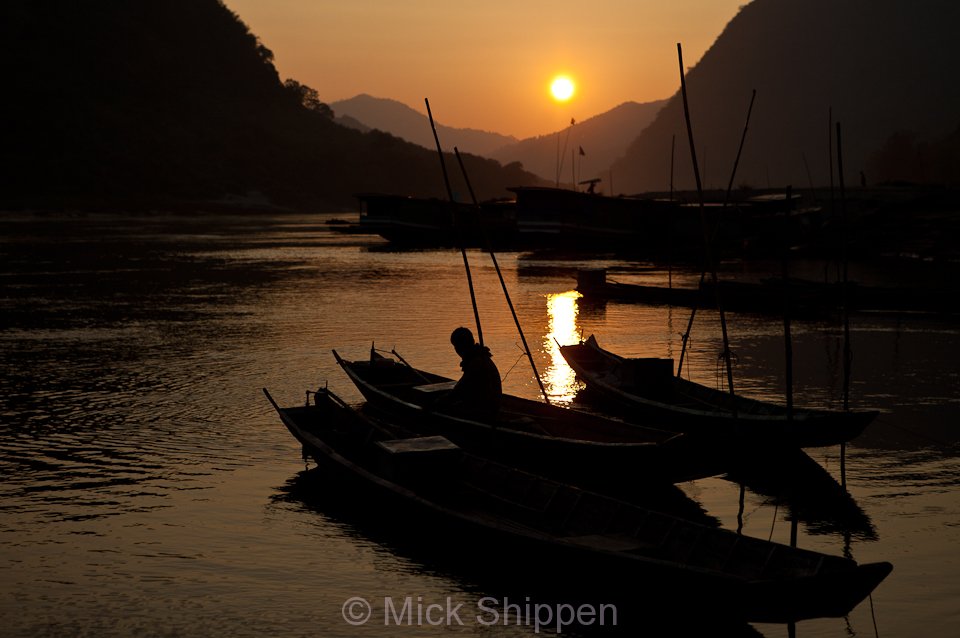I’ve been a regular visitor to Laos for well over a decade. One thing that becomes immediately evident, even to the first time visitor, is that for so many people the Mekong is the lifeblood of the country. For much of its journey from north to south, the mighty river forms a border, first between Myanmar, then with Thailand before spilling into Cambodia and feeding the Tonle Sap with a bountiful supply of fish, the mainstay of the Khmer diet. Land-locked Laos also depends heavily on the river for freshwater fish. This powerful waterway, known locally as the Mae Kong or ‘mother river’, sustains so many rural Lao families with its bounty. The river is also still used in Buddhist ceremonies that follow cremation, carrying the ashes of the deceased to the bottom of its murky waters in a simple earthenware jar and on to the next life.
The fortunes of the Mekong and Laos, however, are now being dramatically shaped by external forces. China, with its insatiable appetite for natural resources, and Thailand with its greed for power are deforesting primary forest and replacing it with regimented line of rubber trees, and more worryingly, planning to dam the Mekong.

China has already done this on its own stretch of the Mekong, greatly affecting river levels in Laos. But now, for the first time, there are plans to dam the lower Mekong just below Xaiyaburi in northern Laos. Mountainous Laos with its population of less than 7 million, the majority of whom are subsistence farmers, has a thirst for cash to boost its economy. For the powers that be, the golden egg is hydroelectric power exported to Thailand to keep the air con and lights on in Bangkok’s palatial shopping malls. Damming the valleys of Kammouane province has already destroyed vast areas of forest and displaced villagers. The irony is that while Laos already exports power to Thailand electricity supplies in rural areas are erratic or non-existent.

More alarmingly the proposed Xaiyaburi dam is said to be one of nine planned on the lower stretches of the Mekong. If carried out fish, wildlife, and all those who depend on the river for sustenance will suffer. Many outside Laos have voiced opposition to the plans but Laos doesn’t appear to be listening. It’s the same old story; a few ignorant government officials stand to benefit massively from financial kickbacks for contracts. Wildlife and the rural poor are too far down the food chain to care about.

In recent years, China has become the largest investor in Laos, dramatically outpacing neighbouring Thailand and Vietnam. The Laos government has signed dozens of contracts with China including concessions for agribusiness industries, particularly rubber, timber, mining and telecoms. Tens of thousands of Chinese migrants have also established themselves in northern Laos and Vientiane. It’s not hard to come to the conclusion that Laos is essentially becoming a satellite province of China. Laos, its natural beauty, and the Mekong are facing challenging times.